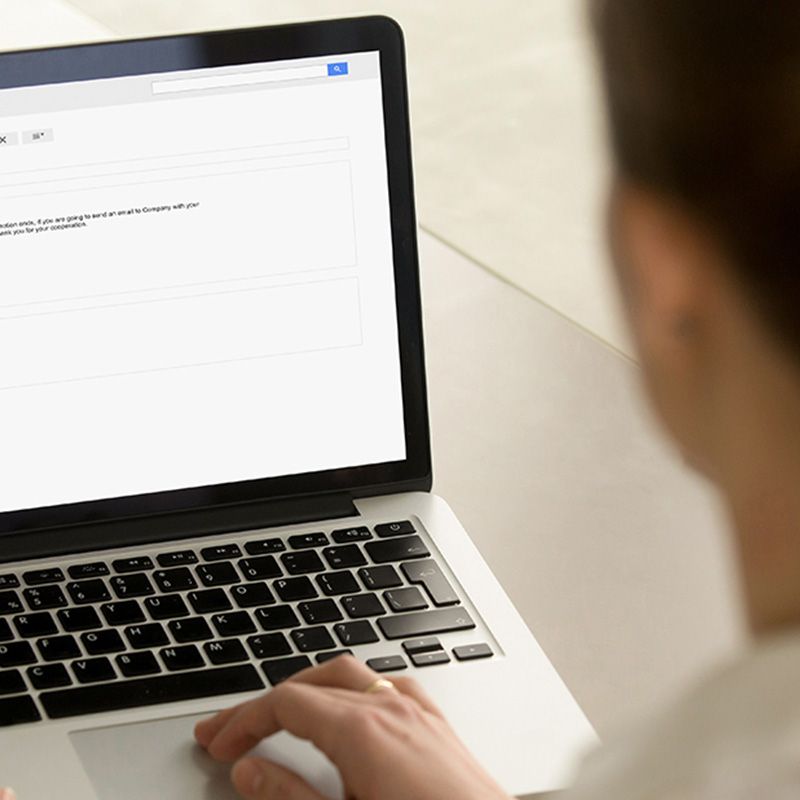Time seems to move like molasses when you’re in line. It gets even slower when you’re working out. And it’s most sluggish of all when you’re waiting for a hiring manager to follow up after an interview.
Every day (okay, maybe every hour), you refresh your inbox to see if they’ve emailed you. Nothing. Then you look at your phone to see if they called. They haven’t.
You already sent the requisite thank you note the day of your interview, but now you’re wondering if you should send them a quick (polite!) nudge to check the status of your application. It can’t hurt, right?
Wrong. A poorly worded, annoying, or inappropriate follow-up email can harm—sometimes even kill entirely—your shot of getting a job. To ensure that it never happens to you, here are the four rules of a good message.
1. Don’t Send It Too Soon
First, it’s important to wait an adequate amount of time before sending a follow-up. You definitely don’t want to annoy the hiring manager—they’re the one making the call on this decision. If they gave you an expectation of when they’ll be in touch, like “We should make a decision by the end of the month,” wait until that day…plus one business day.
That means if the end of the month falls on a Tuesday, you should follow up on Wednesday afternoon at the earliest. If the end of the month is a Friday, check in on Monday if you haven’t heard anything.
2. Ask If You Can Help
Rather than asking, “Have you decided on who you’ll be hiring?” or even “Can I please have an update?”, write, “Are there are any other materials or information I can provide?”
This makes you look helpful rather than pushy. It can also inspire them to respond back with, “Actually, can you please send us a few examples of your design work.”
3. Don’t Plead Your Case
During the interview, you (hopefully) expressed why your skills and experience make you a good fit for the role. In your thank you note, you (hopefully) expressed your enthusiasm for the job and company.
Your follow-up note isnotthe place to keep selling your case. You’re simply getting in touch to see how far along in the process they are and when they’ll have an update. It won’t help to bring up five more reasons they should hire you.
4. Only Use One Channel
Searching for a job can be incredibly stressful. Unfortunately, your anxiety may entice you to try things you normally wouldn’t. Follow up with the hiring manager over email, and that’s it. Don’t send them a message on LinkedIn, don’t Tweet at them, don’t follow them on Instagram, don’t friend them on Facebook, and don’t send a letter to their house, or a gift to their office (you might laugh, but job seekers try this!).
Although people use these tactics to try to stand out and prove they’re truly interested in the job, they may come across as over-the-top, desperate, weird, and/or out of touch.
We know this process can be excruciating. However, it’s far too easy to shoot yourself in the foot. Observe these four rules to ensure that your follow-up message is delivered the right way.
Find & apply for the best IT positions

